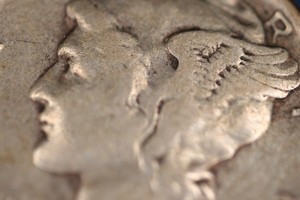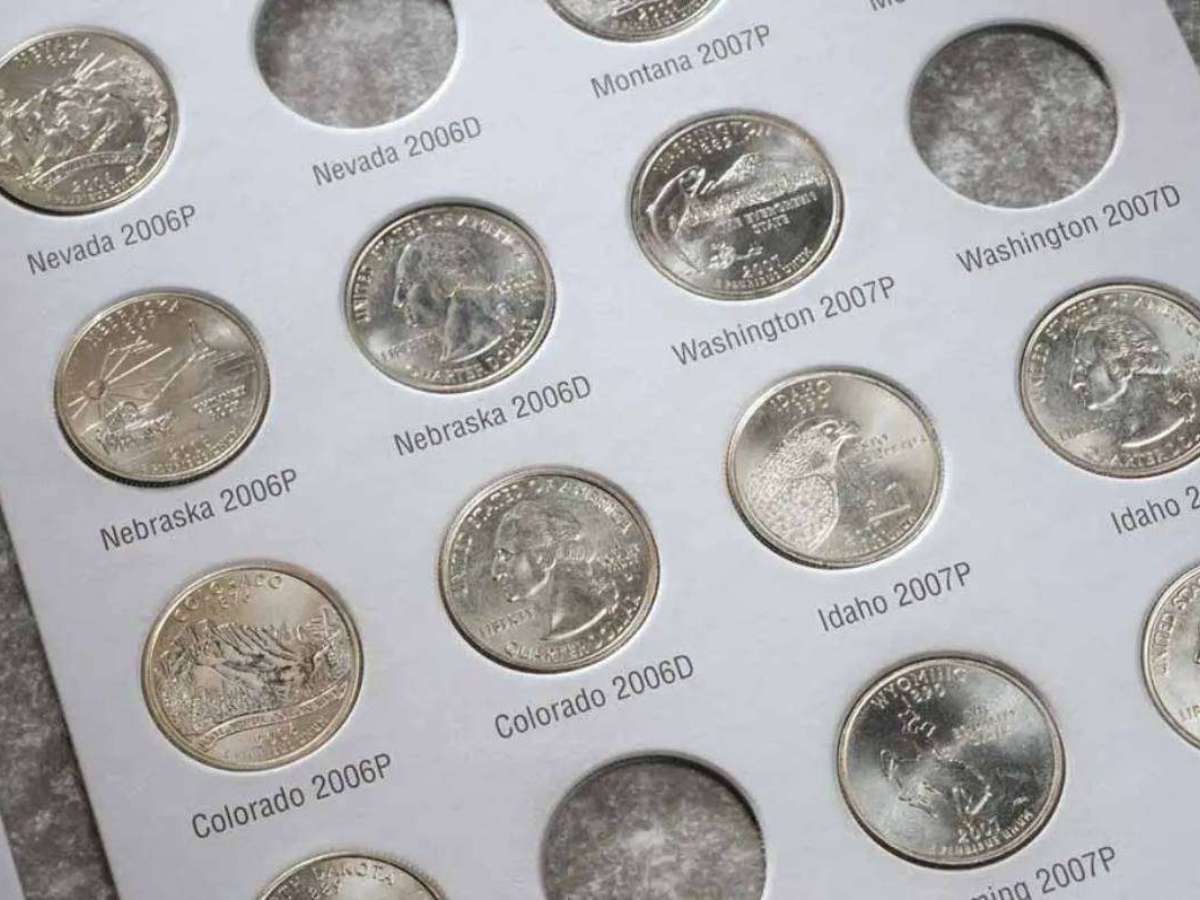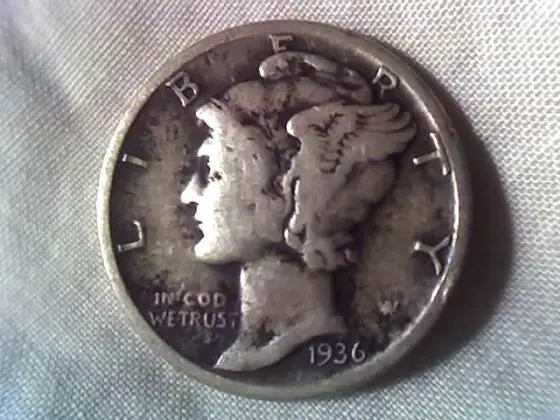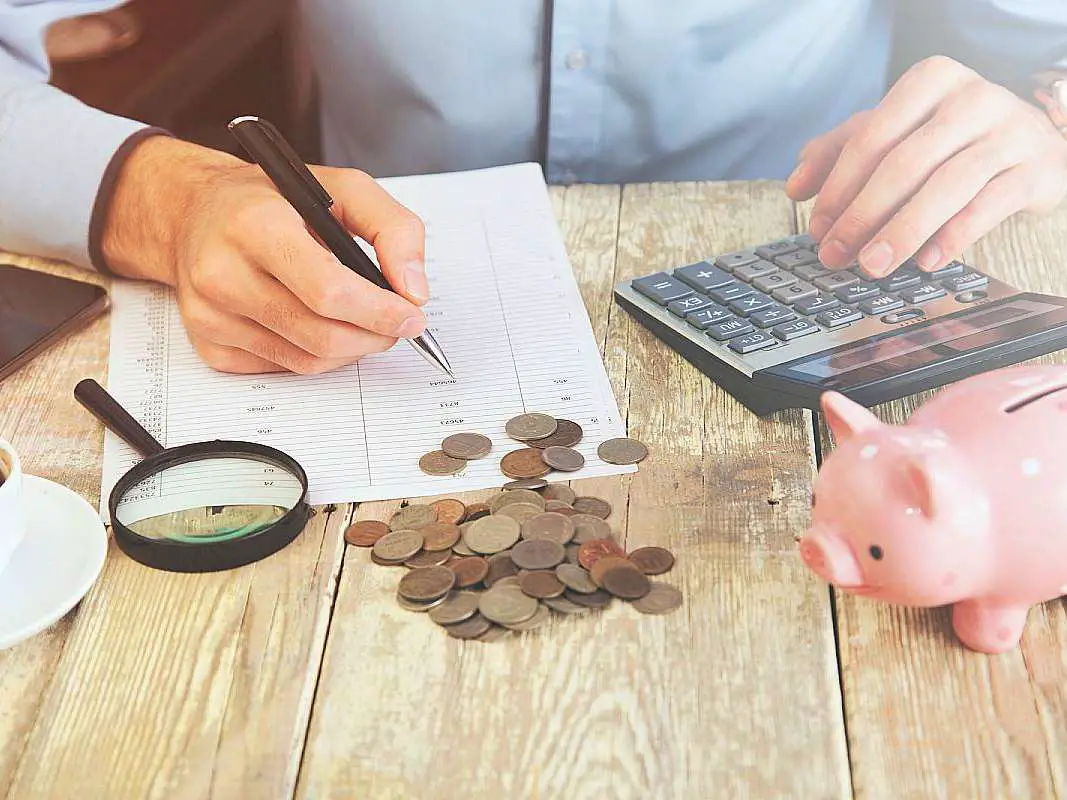 Curious how to spot rare US coins? It’s a little simpler than you may think — but you have to know what you’re looking for…
Curious how to spot rare US coins? It’s a little simpler than you may think — but you have to know what you’re looking for…
The 1913 Liberty nickel is one of the rarest coins.
In fact, 1 of the 5 known 1913 Liberty nickels sold at auction for a whopping $3.7 million!
While the 1913 Liberty nickel may not wind up in your hands anytime soon, there are several types of rare United States coins you should be looking for:
- 1909-S VDB Lincoln cent
- 1914-D Lincoln cent
- 1922 Plain Lincoln cent
- 1955 Doubled-Die Lincoln cent
- 1937-D 3-Legged Buffalo nickel
- 1916-D Mercury dime
- 1916 Standing Liberty quarter
- Many types of modern error coins
Here’s more about each of the above coins and why they are considered the most popular rare coins that collectors go gaga over.
And these are just a few of the rare US coins that you may find either in pocket change or in estates.
Rare US coins are hard to find, but here are a few tips that may make your search a little easier:
- Check in rolls of coins from your bank.
- See if there are any old coins in your attic or basement storage.
- Peruse estate sales — they are great places for buying rare U.S. coins.
- Always check your change for old, rare US coins!
- Use a metal detector — that’s how one person found a rare 1652 Massachusetts sixpence coin worth more than $400,000 in a potato field!




